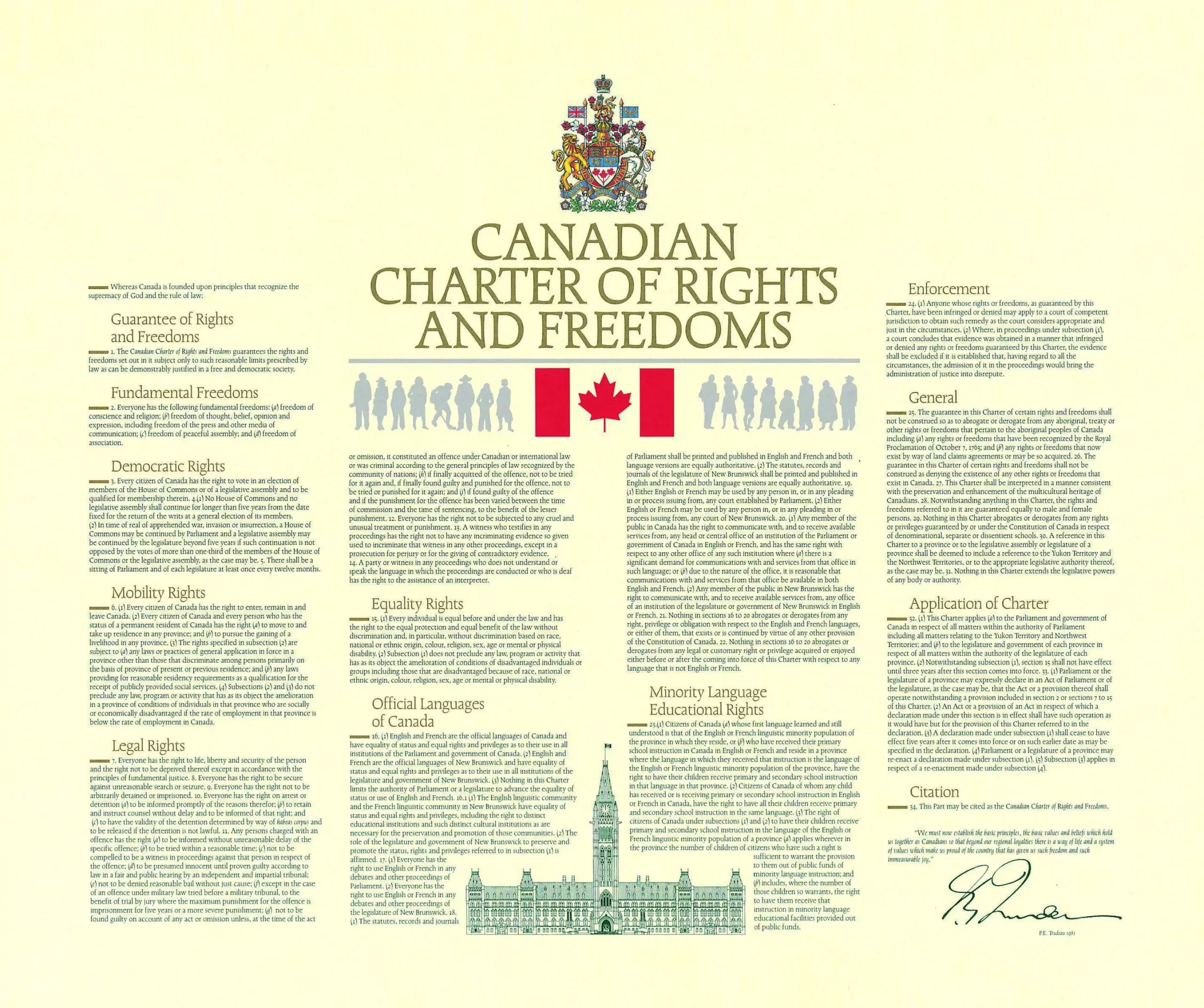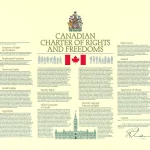Freedom of Peaceful Assembly: Section 2(c) of the Charter
In the realm of civil liberties and fundamental freedoms, the Canadian Charter of Rights and Freedoms stands as a beacon of democracy and individual rights. Among its significant sections, Section 2(c) guarantees the freedom of peaceful assembly. In this blog post, we will explore the importance of Section 2(c) and its implications for Canadians.
The Text of Section 2(c)
Section 2(c) of the Charter of Rights and Freedoms states:
"2. Everyone has the following fundamental freedoms: (c) freedom of peaceful assembly."
Understanding Freedom of Peaceful Assembly
- Defining Peaceful Assembly: Section 2(c) protects the right of individuals and groups to gather in a peaceful and orderly manner to express their views, opinions, and concerns. This freedom extends to a wide range of gatherings, including protests, demonstrations, marches, public meetings, and more.
- Essential Component of Democracy: Peaceful assembly is a fundamental pillar of any democratic society. It enables citizens to exercise their voices collectively, facilitating public discourse and fostering engagement with important societal issues.
- Limitations on Assembly: While Section 2(c) protects peaceful assembly, it is not without limitations. Restrictions on this freedom can be imposed if they are deemed necessary to uphold public safety, order, or the rights and freedoms of others. These limitations are, however, subject to strict scrutiny by the courts.
Implications of Section 2(c)
- Right to Protest: Section 2(c) empowers citizens to express their grievances, advocate for change, and challenge government policies through peaceful protests. It plays a crucial role in holding governments and institutions accountable.
- Freedom of Association: Peaceful assembly often involves collective action and association. Section 2(c) reinforces the right of individuals to come together, form associations, and work towards common goals.
- Social Change and Progress: Throughout Canadian history, peaceful assembly has been instrumental in advancing social justice causes, such as civil rights, women's rights, and environmental protection. This freedom continues to be a driving force for positive change.
- Public Awareness: Peaceful assemblies bring attention to important issues, ensuring that they are not overlooked. They serve as a platform for marginalized voices to be heard and contribute to informed public debate.
Challenges and Controversies
- Balancing Act: One of the primary challenges related to Section 2(c) is striking a balance between the right to peaceful assembly and the need to maintain public safety and order. This balance is often tested during large-scale protests or demonstrations.
- COVID-19 Pandemic: The global pandemic posed unique challenges to the freedom of peaceful assembly, as public health measures sometimes clashed with the right to gather. Courts have had to navigate these complexities.
Section 2(c) of the Charter of Rights and Freedoms is a cornerstone of Canadian democracy, upholding the right of individuals and groups to assemble peacefully, voice their concerns, and advocate for change. While this freedom is protected, it is not absolute and must be balanced with other important considerations. As Canadians continue to engage in peaceful assemblies to champion causes close to their hearts, they contribute to the rich tapestry of democratic expression that defines Canada's society and its values.

